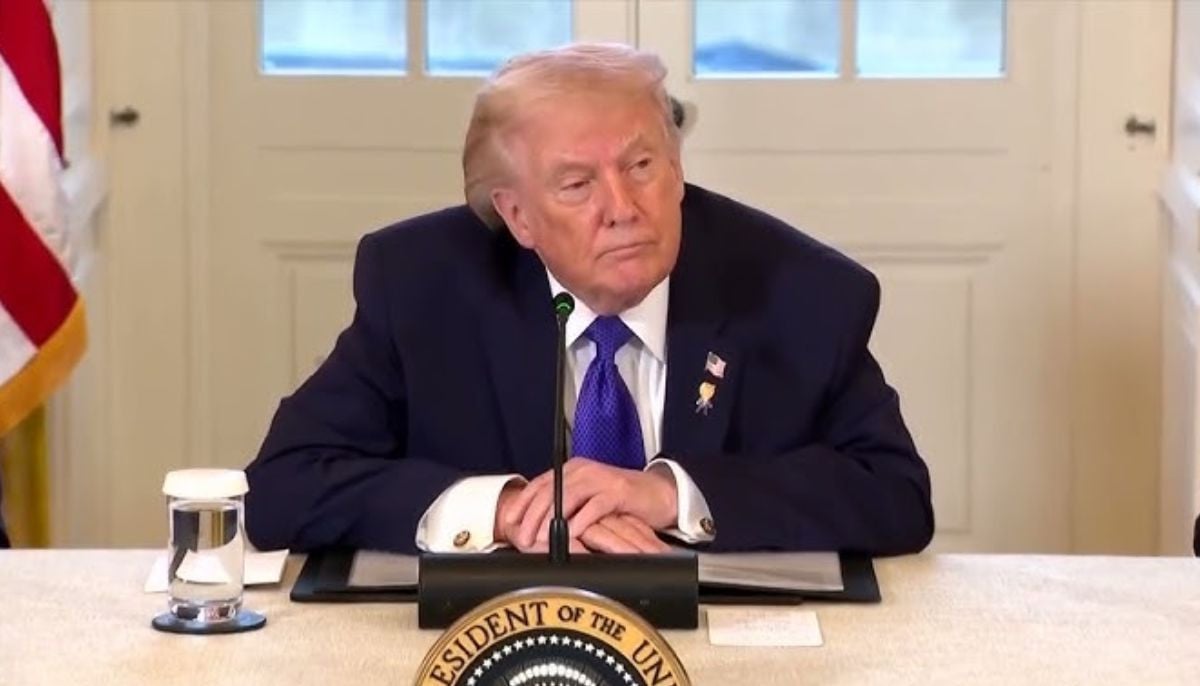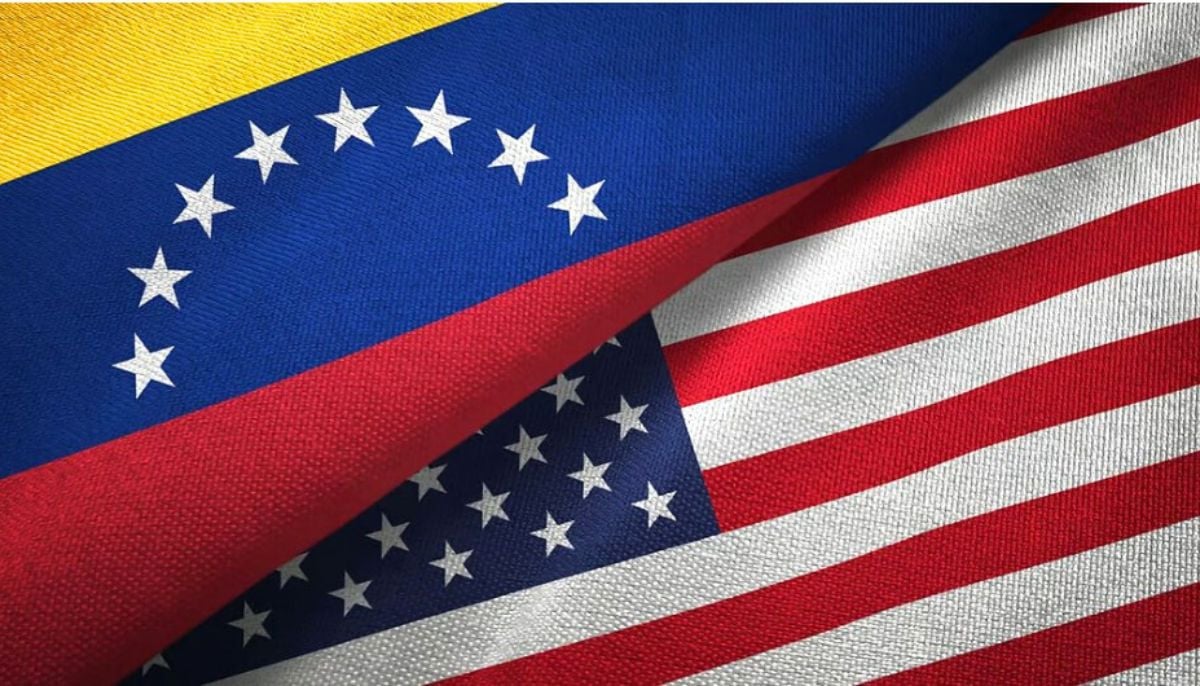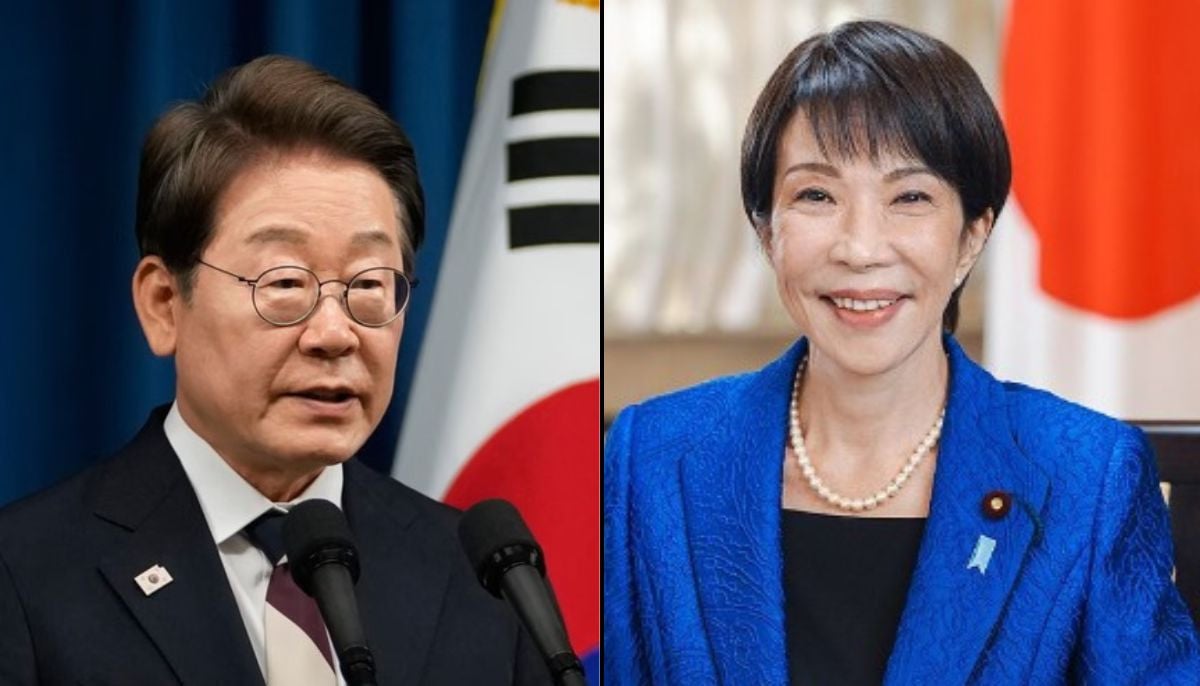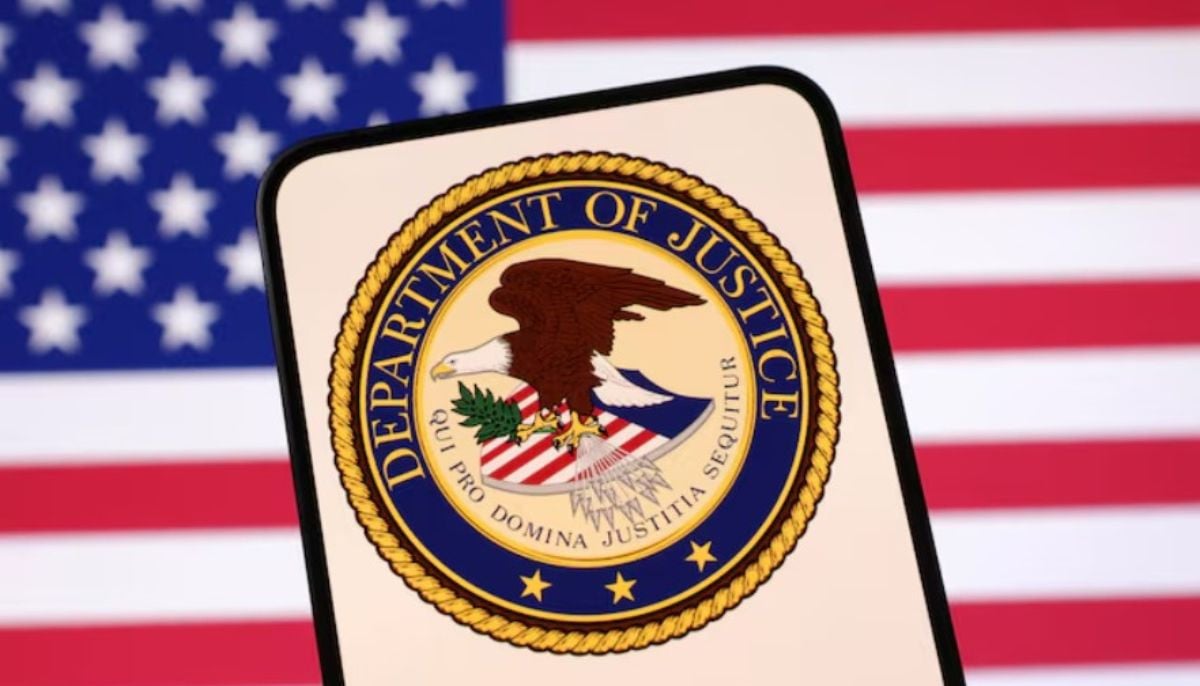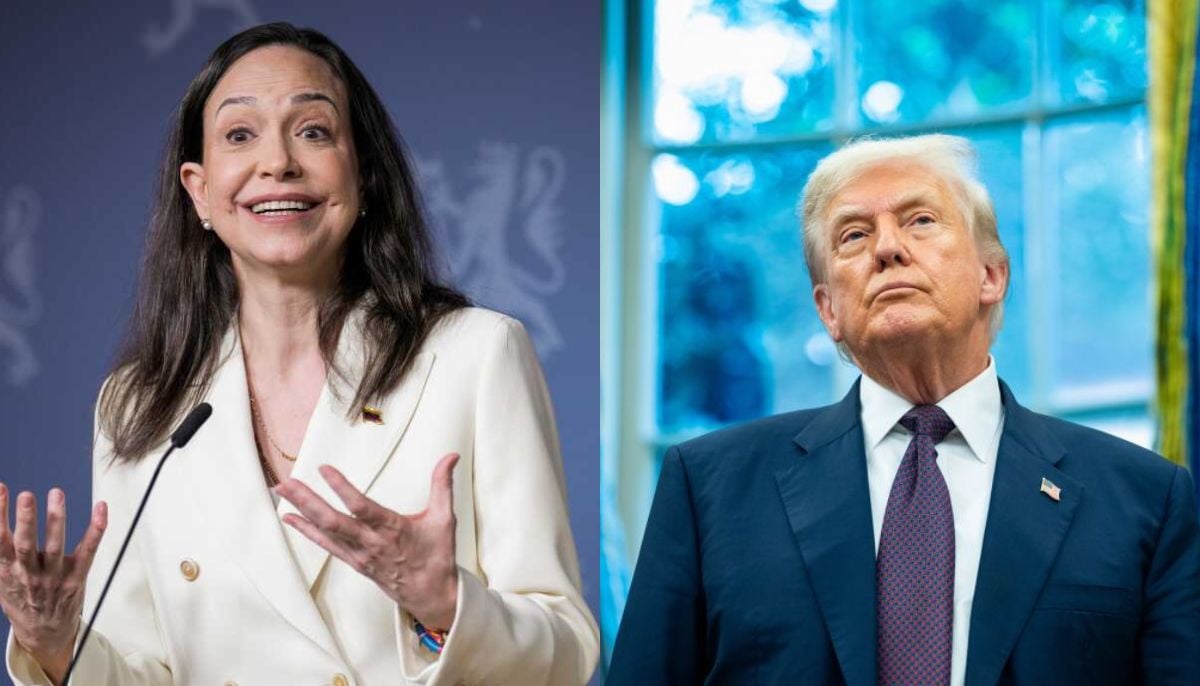Manuscript recovered from Peshawar village reveals earliest origin of zero
LONDON: The Bakshali manuscript, which revealed the first use of symbol zero is now believed to date from the 3rd or 4th century, making it 500 year older than previously thought, UK media reported.
The manuscript was found in 1881 buried in a field in a village called Bakhshali, near Peshawar, in what is now Pakistan. It was discovered by a local farmer and later acquired by the Bodleian Library in Oxford.
Inscribed on 70 pieces of birch bark, the Bakhshali manuscript reveals the fragmentary text, which contains hundreds of zeroes written in form of Sanskrit. The carbon dating has confirmed world’s oldest recorded origin of the zero symbols that we use today.
According to the report published in Guardian, the results of the study and the manuscript, which is housed in UK since 1902 would be on public display next month, as part of a major exhibition in London.

Marcus du Sautoy, professor of mathematics at the University of Oxford, said: “Today we take it for granted that the concept of zero is used across the globe and our whole digital world is based on nothing or something. But there was a moment when there wasn’t this number.”
The text on Bakshali manuscript translates to be a training manual for Silk Road merchants, and its birch bark pages contain hundreds of zeros, which originally appeared as dots before developing their hollow center.
Bakshali manuscripts include practical arithmetic exercises and something approaching algebra. “There’s a lot of ‘If someone buys this and sells this how much have they got left?’” said Du Sautoy.
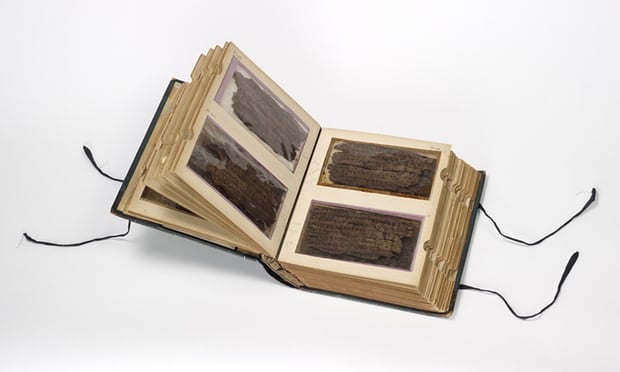
While other cultures developed different symbols to represent concepts similar to zero, it was this dot that carried on into the modern world. Du Sautoy says the introduction of zero was a "total revolution" and one of the "greatest breakthroughs" in mathematics.
However, the dot symbol in the Bakhshali script is the one that ultimately evolved into the hollow-centred version of the symbol that we use today. It also sowed the seed for zero as a number, which is first described in a text called Brahmasphutasiddhanta, written by the Indian astronomer and mathematician Brahmagupta in 628AD.
-
Environment Canada weather warning as cold front brings strong winds to Ottawa
-
Will Venezuela rebuild diplomatic relations with US?
-
Storm Goretti leaves widespread power outages across France, Britain
-
NASA alters major plan as they 'err on the side of the astronaut's health'
-
South Korea: President Lee to visit Japan for summit with PM Takaichi
-
China’s second ‘AI tiger’ MiniMax, soars in record-breaking Hong Kong market debut
-
Trump administration establishes new anti-fraud division under DOJ
-
Trump to host Nobel laureate Machado in Washington next week



